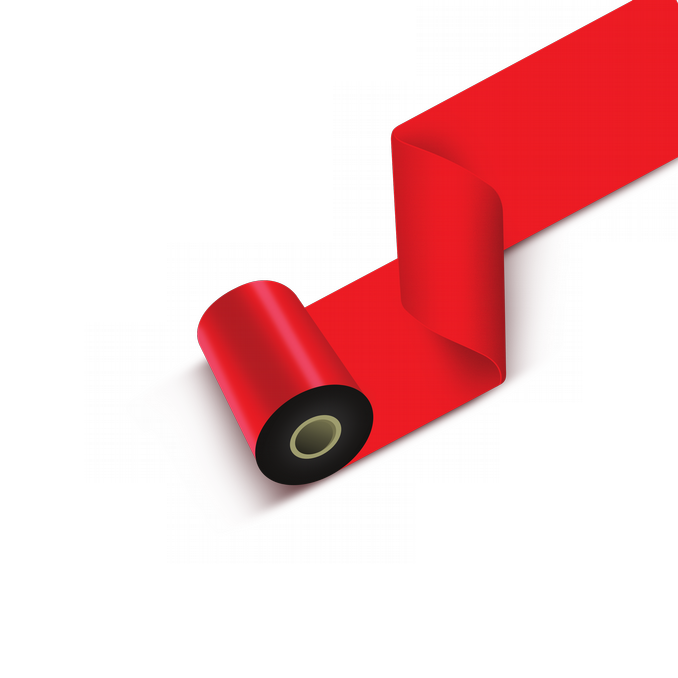| WAX |
The least expensive ribbon and is typically used with thermal transfer paper labels. |
General Purpose Labeling, Inventory Control Labels, Shipping Labels, Garment Tags, Shelf Labels, etc. |
Coated / Uncoated paper, synthetic paper |
| WAX / Resin |
Wax / Resin is typically used on Thermal Transfer printable paper and synthetic labels and tags when added moisture and smudge resistance is required. It also prints superior rotated and ladder barcodes. |
Extreme Environment Labeling, General Purpose Labeling, Inventory Control Labels, Healthcare Labeling, Asset Tracking, Garment Tags, Textile Labeling, Shelf Labels, Automotive Labeling, Horticulture Labeling, etc. |
Coated / Uncoated paper, synthetic paper, polyethylene, polypropylene, polyolefin, flood coats |
| Resin |
Resin is typically used on Thermal Transfer printable synthetics for conditions of high scratch and moisture resistance. |
Extreme Environment Labeling, Automotive Labeling, Asset Tracking, Chemical Drum Labeling, Hazardous Materials Labeling, Healthcare Labeling, Pharmaceutical Labeling, Electronic Components Labeling, Shelf Labeling, etc. |
Synthetic paper, polyester, polyethylene, polypropylene, polyolefin, PVC cards, vinyl |



